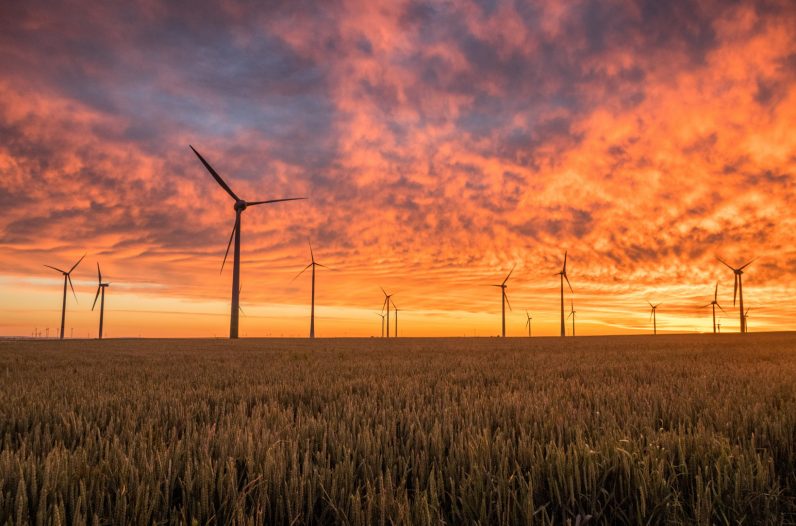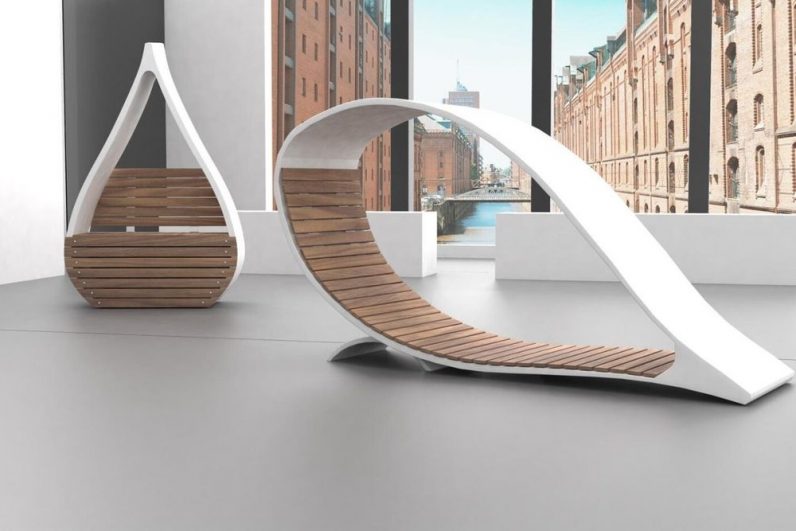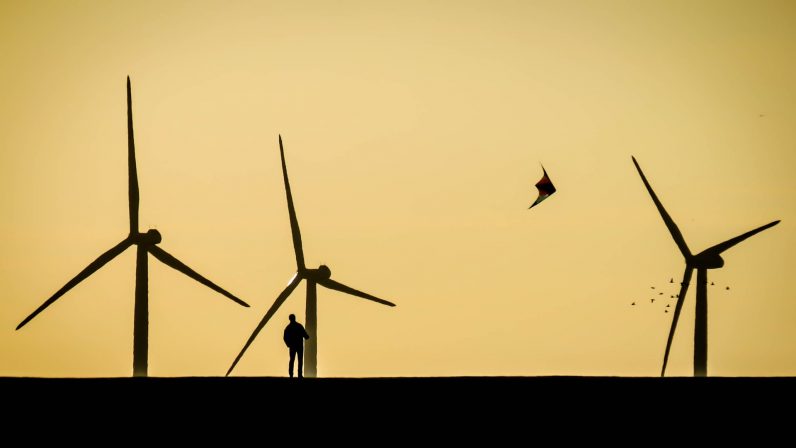This week, a study by the University of South Australia’s Future Industries Institute revealed the huge waste legacy of discarded wind turbines. And the problem is only getting worse. And as more countries transition from gas to wind energy, the problem will only intensify. For example, the German government aims to build between 1,000 and 1,500 new wind turbines annually. The lifecycle of a wind turbine is around 20-25 years. And it is estimated that by 2023, around 14,000 wind turbine blades will need to be unassembled in Europe.
Why is it so hard to recycle or repurpose wind turbines?
According to the study head, Professor Peter Majewski, the cost of recycling and the low market value of recovered markets means it’s unrealistic to expect a market-based recycling solution to emerge. ”So policymakers need to step in now and plan what we’re going to do with all these blades that will come offline in the next few years.” About 85% of a wind turbine is already recyclable. The problem is the material in the blades. They are made from glass fiber/epoxy matrix composites to withstand all weather. Both materials are hard to break down. Traditionally, the industry has dealt with leftover wind turbines by depositing them in landfill or incineration in cement factories — and burning fiberglass isn’t great for the environment either! But as the sector looks to clean up its act, enterprising businesses are finding ways to create a circular, zero-waste solution that bypasses landmass and reduces the industry’s carbon footprint.
Green(er) cement
Since 2020, Veolia turns GE Renewable Energy‘s wind turbine blades into raw material for use in cement manufacturing, replacing the coal, sand, and clay needed to make cement. This results in a 27% reduction in CO2 emissions.
Fiber
In the US, Global Financial Solutions turns blades into manufacturing-grade fibers, pellets, construction materials, panels, and more.
Laminates
In Poland, recycling firm Anmet dismantles wind turbines. It develops technology to recover carbon fiber from the blades for use in producing laminates and other raw materials. Some of the dismantled blades are repurposed and cut for use by the German company Wings for Living which use them to create original outdoor furniture and artwork.
PR problems traditionally plague wind turbines
Wind energy hasn’t had the smoothest ride with the public. One example is the noise they produce when placed in residential areas. They also kill birds. Wind farms in Germany, on average, dispense of more than 100,000 avians a year. (However, glass-covered buildings kill about 108 million birds annually, and 70 million die from collisions with moving transport. So it could be worse). Cybersecurity challenges are endemic. Some turbines still run on Windows 2000 — yes, you read that correctly. And, security updates in Windows 2000 ended in 2010. Current efforts to bring life to discarded wind turbines exist. But they don’t really represent a definitive commitment to circular design and critical end-of-life planning. Prof Majewski says the small market for reclaimed materials means that the cost of manufacturing needs to factor in the price of recycling the blades: “Either the manufacturer takes responsibility for what needs to be done with the blades at the end of their useful life, or the wind farm operators must provide end-of-life solutions as part of the planning approval process for their business operations.” So the industry must take responsibility for this one — they’ve had long enough to develop a solution! And as countries look to move away from gas, we’re really going to need them to step up or be responsible for the worst PR for the industry yet.



